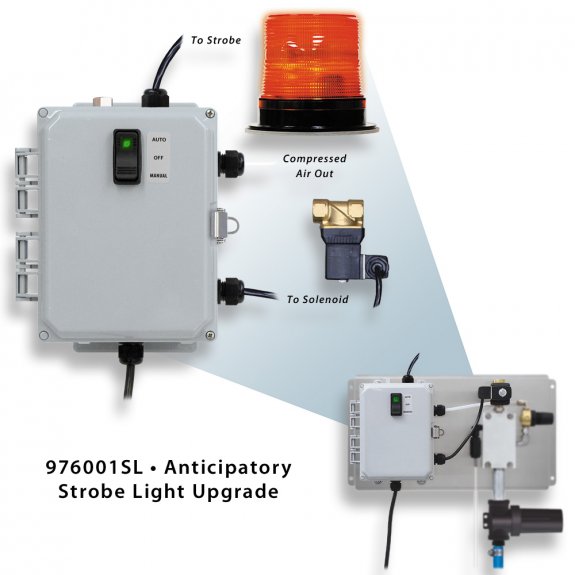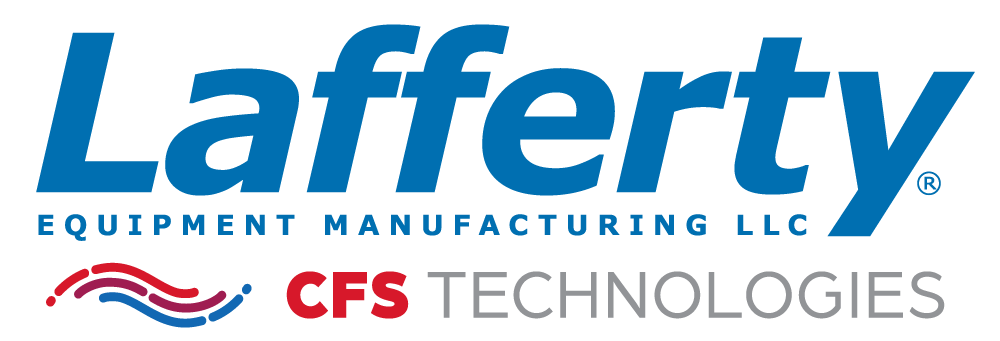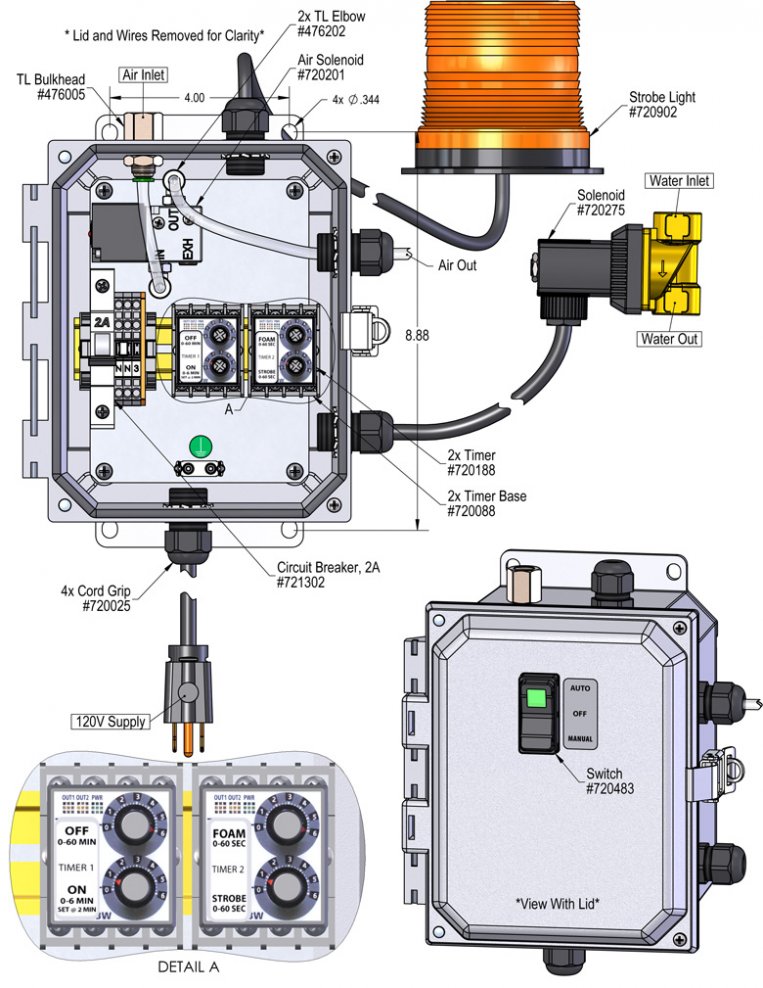| Electric | 120V |
| Entryway Foam Sanitizer | 976500, 976505, 976530, or 976560 |
Lafferty Equipment Manufacturing, LLC
Installation & Operation Instructions
Model # 976001SL · Anticipatory Strobe Light Upgrade for Entryway Foam Sanitizers (Specify at Time of Purchase)
Requirements
Overview
The Anticipatory Strobe Light Upgrade allows any Venturi Timed Entryway Foam Sanitizer to activate a strobe light and provide warning of foamer activation. The dual multi-function timers also control the minimum amount of time between activation, preventing costly over-application when traffic is heavy. Timer settings are field adjustable. This upgrade must be specified at the time of purchase.


